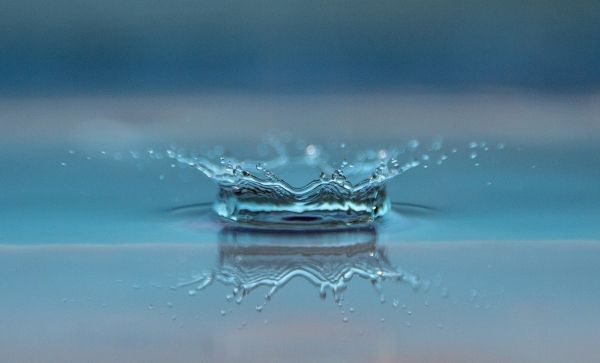When people take medications, these drugs and their metabolites can be excreted and make their way to wastewater treatment plants. From there, the compounds can end up in waterways. Wastewater from pharmaceutical companies could start off with even larger amounts of these substances. In ACS’ Environmental Science & Technology, researchers report that a single pharmaceutical manufacturing facility could be influencing the water quality of one of Europe’s most important rivers.
Wastewater from homes and pharmaceutical manufacturing sites typically goes to treatment plants. Some of the compounds in the water might be biologically active, toxic or persistent, but treatment plants cannot always remove all of the substances before the treated water is discharged into streams or rivers. Little is known about the extent of water contamination from the pharmaceutical industry, in part because companies usually do not disclose details about their manufacturing activities or the identities of the compounds they use. Heinz Singer and colleagues from the Swiss Federal Institute of Aquatic Science and Technology (known as Eawag) wanted to compare compounds in discharged wastewater from two treatment plants near the Rhine River in Switzerland: one that receives only domestic wastewater (WWTP_dom) from homes and small businesses, and one that also receives wastewater from a pharmaceutical manufacturing site (WWTP_ind).
Read more at American Chemical Society
Photo credit: roegger via Pixabay


